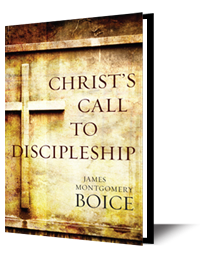The Resurrection of Jesus Christ - Part Three
LESSON
STUDY QUESTIONS
- Why was the angels imperative to “come” important for the women to hear?
- What are the first three things we should see” when we look into Christ’s empty grave?
- Have you come to Jesus? Have you obeyed his invitation? There can be no knowledge of God, no salvation, no growth in the Christian life until you do.
Think and Act Biblically from James Boice is a devotional of the Alliance of Confessing Evangelicals. It is supported only by its readers and gracious Christians like you. Please prayerfully consider supporting Think and Act Biblically and the mission of the Alliance.


















